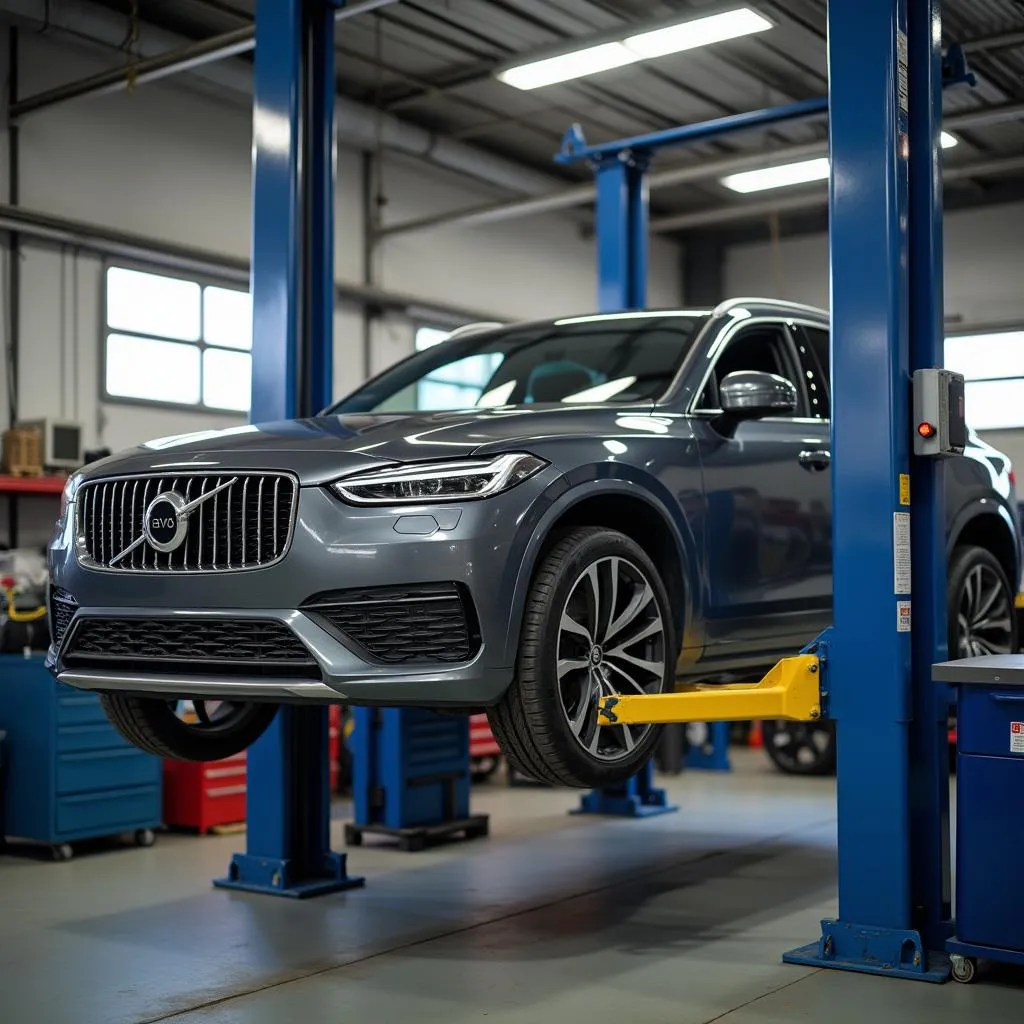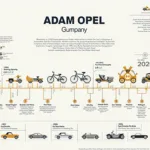Stop-and-go traffic – every driver knows it, nobody likes it. But what exactly makes this type of driving so tedious and harmful to our car? In this article, we will take a closer look at stop-and-go traffic, examine its effects on our vehicle, and give you valuable tips on how to protect your car in such situations.
What is Stop-and-Go Traffic?
Stop-and-go traffic, also known as stop-and-start traffic or congestion waves, describes a traffic situation in which the flow of traffic constantly alternates between short acceleration and braking phases.  Traffic congestion on a highway with cars moving slowly Anstatt flüssig mit konstanter Geschwindigkeit zu fahren, müssen Autofahrer immer wieder abbremsen und wieder anfahren, was nicht nur frustrierend ist, sondern auch zu erhöhtem Verschleiß am Fahrzeug führt.
Traffic congestion on a highway with cars moving slowly Anstatt flüssig mit konstanter Geschwindigkeit zu fahren, müssen Autofahrer immer wieder abbremsen und wieder anfahren, was nicht nur frustrierend ist, sondern auch zu erhöhtem Verschleiß am Fahrzeug führt.
The Effects of Stop-and-Go Traffic on Your Car
“The stress on the car in stop-and-go traffic is enormous,” explains Dr. Ing. Markus Schmidt, automotive expert and author of the book “Modern Vehicle Technology.” “Clutch, transmission, brakes, and engine are particularly stressed.”
Clutch and Transmission:
When starting in stop-and-go traffic, the clutch is heavily stressed. The constant switching between engaging and disengaging the clutch leads to increased wear. The transmission, especially in automatic transmissions, also suffers from frequent gear changes and jerky starts.
Brakes:
In stop-and-go traffic, braking is frequent and often abrupt. This leads to increased wear of the brake pads and discs and can negatively affect braking performance.
Engine:
The engine is also heavily stressed in stop-and-go traffic. Due to constant starting and braking, the engine has to work harder and consumes more fuel. In addition, the engine heats up faster, which can lead to increased wear.
Tips for Driving in Stop-and-Go Traffic
Although stop-and-go traffic is unavoidable, there are some measures you can take to reduce the stress on your vehicle:
- Keep your distance: Keep sufficient distance from the vehicle in front to avoid abrupt braking.
- Drive predictively: Observe the traffic around you and try to anticipate the flow of traffic to avoid unnecessary braking and acceleration.
- Turn off the engine when stationary: If you are stuck in traffic for more than 30 seconds, turn off the engine. This saves fuel and protects the environment.
- Regular maintenance: Have your car checked and serviced regularly in the workshop, especially the clutch, transmission, and brakes.
 Car on a lift in a repair shop undergoing maintenance
Car on a lift in a repair shop undergoing maintenance
Frequently Asked Questions about Stop-and-Go Traffic
What is the difference between stop-and-go traffic and a traffic jam?
Stop-and-go traffic refers to a constant alternation of short acceleration and braking phases. A traffic jam, on the other hand, is a standstill in the flow of traffic.
Which cars are particularly susceptible to damage from stop-and-go traffic?
Vehicles with automatic transmissions and older vehicles with high mileage are particularly susceptible.
Can I claim damage to my car caused by stop-and-go traffic?
No, damage caused by stop-and-go traffic is generally considered normal wear and tear and is not covered by insurance.
More Interesting Topics About Cars
- Automatic vs. Manual Transmission: Pros and Cons Compared
- How to Extend the Life of Your Car Battery
- Proper Brake Maintenance: Tips and Tricks
Please feel free to contact us via our website if you have any questions about car repairs. Our team of experts is here to help and advise you!

